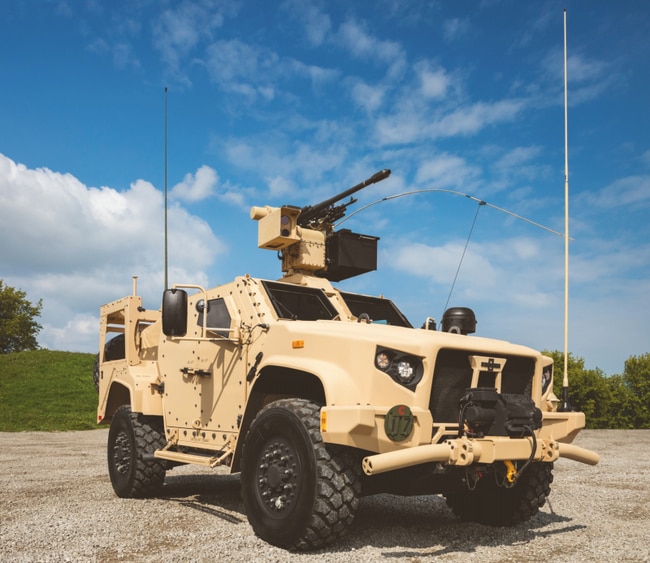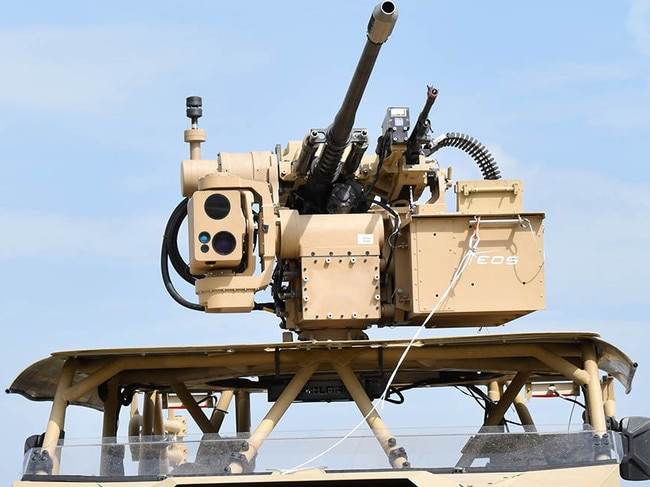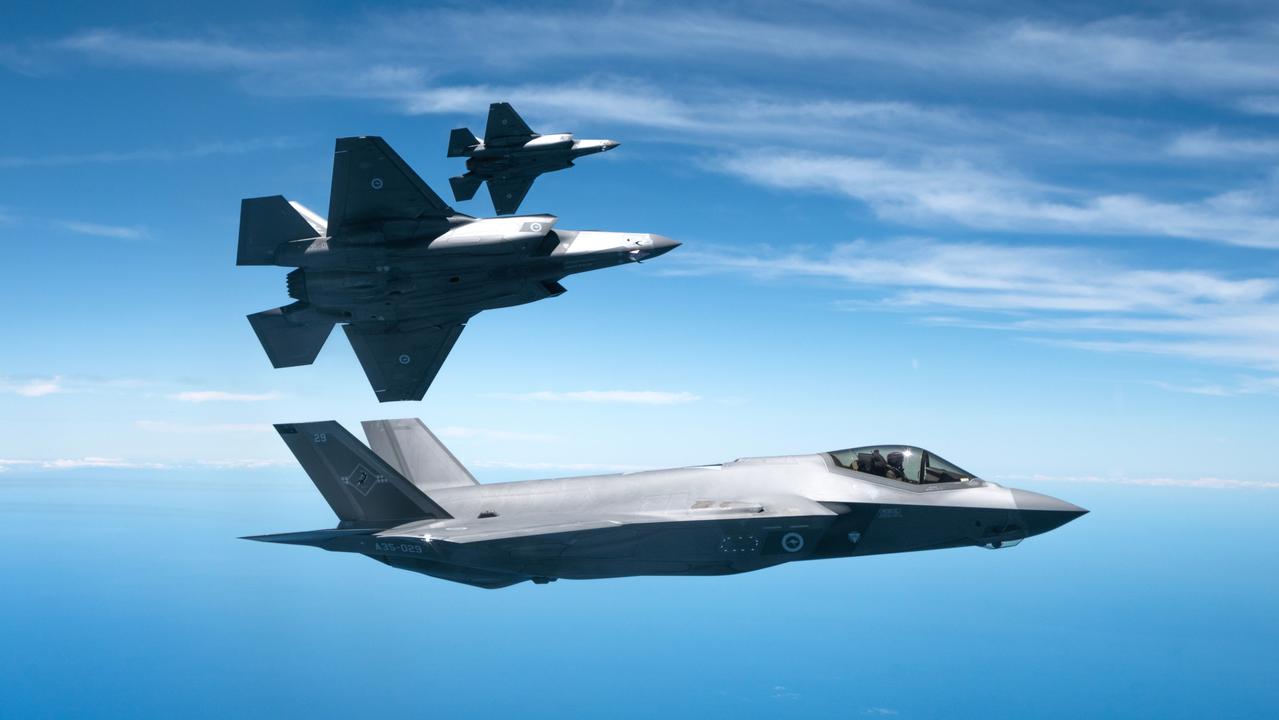Australian company, EOS, developing anti-drone hard and soft kill solution
Armed drones are having a dramatic effect on the future of high-intensity armed conflict as shown during the six-week Armenia-Azerbaijan war of late 2020.

The history of armed conflict teaches us that technologies that are not necessarily new can have a remarkable effect when used differently or in combination with other systems. The first tanks were fielded in World War I and were quite effective – but it was only two decades later that their transformational capabilities were exploited firstly by Germany, then the USSR and, after that, every major power.
Armed drones have been around for a while, probably starting with IAI’s Harpy, first believed deployed in the 1980s. The name is an allusion to an incessant nagging partner – which is appropriate since a Harpy loiters loudly out of visual range waiting for an enemy radar to be switched on, at which moment it can lock on to it and carry out a kamikaze mission with an explosive warhead. More recently, we have become accustomed to Predator drones carrying out highly effective strikes, usually with Hellfire missiles, on counterinsurgency and counter-terrorism missions.
Now we can confidently say that armed drones are having a dramatic effect on the future of high-intensity armed conflict as shown during the six-week Armenia-Azerbaijan war of late 2020. This was a classic, major conflict over the historically disputed region of Nagorno-Karabakh with both sides using well equipped and highly trained ground forces. It was a rapid and stunning victory for Azerbaijan, with Armenian forces being completely demoralised and then routed because they had no way of countering the numerous armed drones being used against them – supplied to Azerbaijan by Israel and Turkey – which quickly destroyed all of the enemy air defence radars and well over 100 main battle tanks and numerous other vehicles.

This lopsided conflict is a stark warning of what can happen to a conventionally equipped force if it lacks substantial anti-drone capabilities – and Canberra-based Electro Optic Systems will unveil its solution to this major threat at Land Forces. It is designed to be mounted on a vehicle such as an 8x8 Boxer and combines radar, ESM including a jammer, and electro-optic sensors with both a high-powered laser and a gun system able to defeat any category 3 drone – which is 600kg and less.
These are the size of drones that are being fielded in large numbers around the world – and their use is expected to grow exponentially as they have the ability to carry swarming attacks with a variety of payloads. These could be anything from conventional explosives to poison gas.
This development is a natural fit for EOS, which has already fielded several key technologies and is now combining them in a system called Titanis. The company is a world leader in the production of remote weapons stations and the electro-optic sights and tracking software that guarantees a high probability of kill. EOS also builds high-powered lasers – and it has a close relationship with companies such as Northrop Grumman, which has developed the ubiquitous Bushmaster series of chain guns.
To this they have added compact AESA radars from Rada – but the system is radar agnostic leaving the way open for customers to optimise their solutions. For test purposes the system is stored and transported in an ISO container with the next logical step being trials on a vehicle.
Development began a year ago and has progressed rapidly at a test site in Canberra for verifying tracking algorithms and proving sensor fusion capabilities against a variety of targets. Soon the system will be moved to a site in outback NSW for laser and live firing demonstrations that are a key part of validation and verification activities before fielding a fully proven product.
EOS program manager Matt Jones believes Titanis will be of interest for the Australian Army and it has considerable export potential, particularly to other Five Eyes countries.
The need for counter-drone systems is undeniable, as the conflict over Nagorno-Karabakh shows. To this can be added similar attacks on Saudi oil refineries and ISIS flying quad copters equipped with grenades against its enemies in Iraq and Syria.


